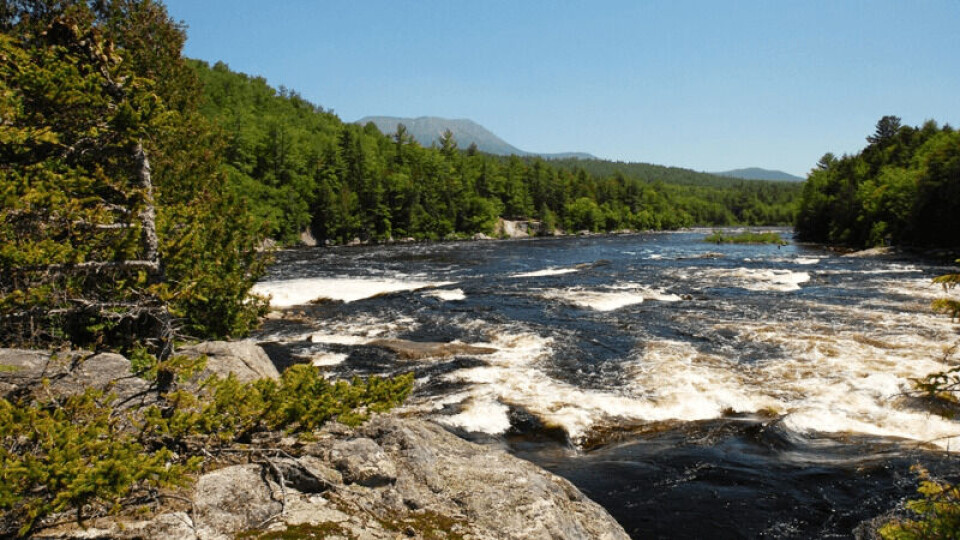
Cooke helps wild salmon restoration in Maine
Cooke Aquaculture USA will be working with the Maine Department of Marine Resources (DMR) to help restore native populations on the East Branch of the Penobscot River.
The Penobscot River is a 109 mile-long river in the state of Maine on the eastern seaboard. The National Oceanic and Atmospheric Administration (NOAA) will partner with Cooke Aquaculture USA, the US Fish and Wildlife Service, NOAA Fisheries and the Penobscot Indian Nation to grow juvenile Atlantic salmon to adult size in pens near Cutler, Maine. The initiative is funded by a $1 million grant from the NOAA Species Recovery program.
“We are committed to be part of this wild Atlantic salmon enhancement project in Maine,” said Cooke chief executive Glenn Cooke.
“Cooke Aquaculture has the experience working with Atlantic salmon in their natural environment based on proven aquaculture and fish-health science. Working with the Penobscot Nation and government partners, together we will make this restoration program a success by seeing the fish return to their native waters.”
Screw traps
Once the salmon reach adulthood they will be released into the East Branch of the Penobscot to spawn, a river with large amounts of high quality salmon habitat, the DMR explained said a statement.
“Smolts captured in the wild by rotary screw traps will be used to stock the marine net pens in 2020, 2021, and 2022. Smolts will include only those from Penobscot River origin to ensure the genetic integrity of salmon released into the river.
“While hatchery-spawned fish help ensure an adequate supply of fish for recovery goals, those spawned in the natural environment are more robust due to the impact of natural selection which results in fish that are better suited to survival in the wild.
“The smolts will be placed in net pens under a limited-purpose aquaculture lease in Cutler, Maine where they will be fed and managed in cooperation with Cooke Aquaculture USA for 16 to 30 months, during which time they will grow to mature adults. The Department of Marine Resources will hold the lease on the pens while Cooke will supply the pens and feed for the salmon as they grow.”
Release
In the autumn of 2021 or 2022, 5,000 adult salmon will be transported from Cooke net pens and released into the river. After the release it is estimated that there will be 20 times more eggs in the gravel in the Penobscot River basin compared to existing stocking and natural reproduction according to Sean Ledwin, director of DMR's Searun Fisheries and Habitat Division.
“The program will involve surveys of redds in spawning areas to assess spawning success of released fish,” said Ledwin. “Released fish will also be tracked using passive integrated transponders (PIT tags) and radio telemetry. Electrofishing surveys and use of rotary screw traps, along with genetic analysis, will be used to assess the abundance of offspring from this effort.” The project will also include public outreach and education.
Athough Cooke has farmed Atlantic salmon in Maine for some, time, using net pens to cultivate salmon for conservation purposes at this scale is new in the state. However, the method is showing promise in a Bay of Fundy partnership between Cooke and Canadian provincial and federal governments, First Nations and academia.






















































